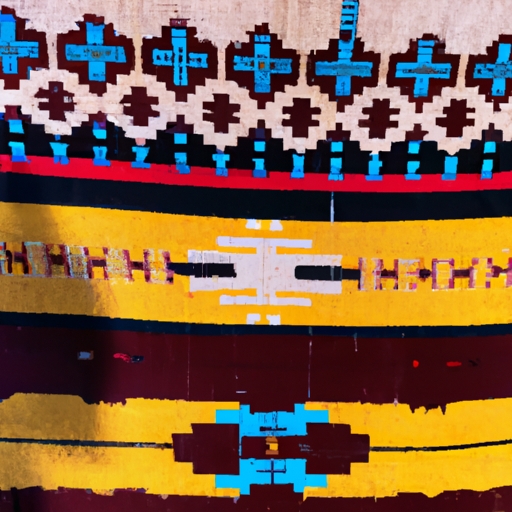what native american tribes lived in north carolina
History and Cultural Significance of Lakota Rugs
The Cherokee Tribe holds great historical significance in North Carolina. This tribe, among others, inhabited the region long before European settlers arrived. The Cherokee people have a rich cultural heritage that includes language, art, and traditional practices.
North Carolina was home to various Native American tribes throughout history. In addition to the Cherokee Tribe, other notable tribes include the Tuscarora, Catawba, and Lumbee. These tribes each had distinct customs, languages, and territories within what is now known as North Carolina.
Although it may seem unlikely for all these tribes to coexist peacefully during that time period, they managed to maintain diplomatic relationships and engage in trade with neighboring tribes. They exchanged goods such as pottery, animal skins, and agricultural products.
The Cherokee Tribe specifically played a crucial role in North Carolina's early history. Their territory covered parts of present-day western North Carolina, making them one of the largest indigenous groups in the region. The Cherokee were skilled farmers who cultivated crops like corn, beans, and squash.
Their society was organized into clans led by chiefs or elected leaders. The tribe had a complex political system that allowed for decision-making through councils and ceremonies. Additionally, they believed in natural spirits and practiced various religious rituals.
Tragically though, conflicts arose between European colonizers and Native American tribes over land ownership and resources. Many native populations were forcibly removed from their ancestral lands during the infamous Trail of Tears in the 1830s.
Despite these hardships faced by Native American tribes like the Cherokee in North Carolina's history, their cultural legacy perseveres today. Efforts are being made to preserve their languages and traditions through educational programs and cultural events.
In conclusion, the Cherokee Tribe was one of several native peoples who lived in North Carolina before European colonization. Their presence shaped the state's early history and their contributions continue to be celebrated today despite past injustices endured by all Native American tribes throughout America's turbulent past.
lakota native american rugs for sale
lakota native american rugs for sale
